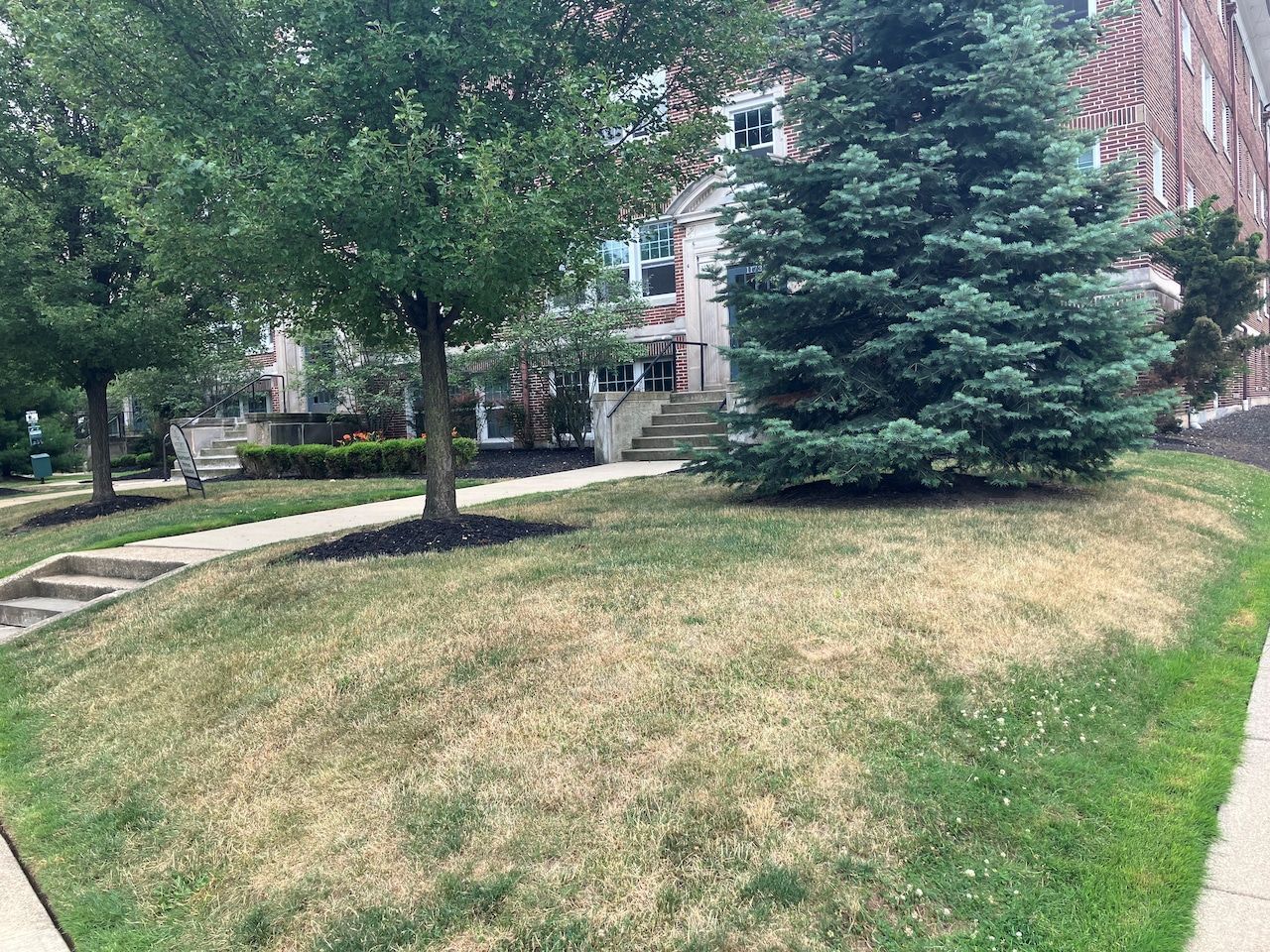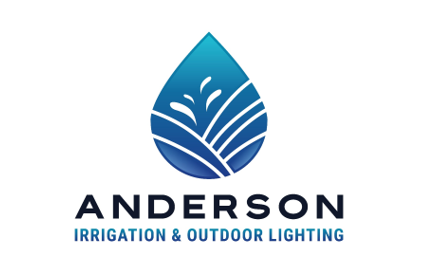Blog Layout
Efficient Watering Techniques for Irrigation Systems During Drought

By: Clay Anderson / September 1, 2024
Drought conditions can be challenging for gardeners and homeowners who rely on in-ground irrigation systems. With water restrictions and the need for conservation, it’s essential to adopt efficient watering techniques that ensure your landscape thrives despite limited water availability. Here’s a guide to maximizing the effectiveness of your in-ground irrigation system during drought conditions.
1. Understand Your Soil Type
The first step in optimizing your irrigation system is understanding the type of soil in your garden. Sandy soils drain quickly and require more frequent watering, while clay soils retain moisture longer but can become compacted. Loamy soils, a mix of sand, silt, and clay, are ideal for most plants. Knowing your soil type will help you adjust your watering schedule to meet the specific needs of your garden.
2. Inspect and Maintain Your Irrigation System
Regular maintenance is crucial for ensuring your irrigation system operates efficiently. Check for leaks, broken sprinkler heads, and clogged nozzles, as these can waste water. Adjust sprinkler heads to avoid watering sidewalks, driveways, and other non-vegetated areas. Ensuring your system is in top condition will prevent water loss and ensure that every drop counts.
3. Schedule Watering During Optimal Times
Timing is everything when it comes to watering during a drought. The best time to water is early in the morning when temperatures are cooler, and evaporation rates are lower. Avoid watering during the heat of the day, as much of the water will evaporate before it reaches the roots.
4. Implement Cycle and Soak Irrigation
Cycle and soak irrigation involves watering in short, repeated cycles rather than one long session. This technique allows water to penetrate the soil more deeply and reduces runoff, especially in compacted or sloped areas. For example, instead of watering for 30 minutes straight, water for 10 minutes, wait for an hour, and then water again. This method ensures that water is absorbed effectively, making the most of limited water resources.
5. Incorporate Mulch
Mulching around plants is an excellent way to retain soil moisture. Organic mulches, such as wood chips, straw, or compost, create a barrier that reduces evaporation, keeps the soil cool, and suppresses weeds that compete for water. Mulch also helps improve soil structure over time, enhancing its ability to retain moisture.
6. Group Plants by Water Needs
If possible, group plants with similar water needs together. This practice, known as hydrozoning, allows you to tailor your irrigation schedule to the specific requirements of different areas in your garden. For instance, drought-tolerant plants can be watered less frequently, while more water-intensive plants receive the attention they need.
7. Use Smart Controllers
Smart irrigation controllers automatically adjust watering schedules based on local weather conditions, such as rainfall, temperature, and humidity. These devices help ensure that your garden gets the right amount of water, even during fluctuating drought conditions. Smart controllers can be a significant investment, but they often pay for themselves in water savings.
Conclusion
Managing an in-ground irrigation system during drought conditions requires a combination of smart techniques, regular maintenance, and sometimes a bit of technological assistance. By understanding your soil, optimizing your watering schedule, and employing efficient irrigation methods, you can help your garden withstand the stresses of drought while conserving precious water resources.
Follow Us,
